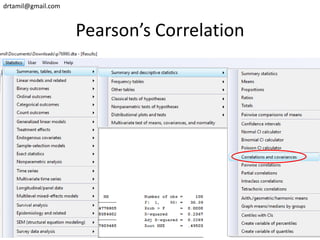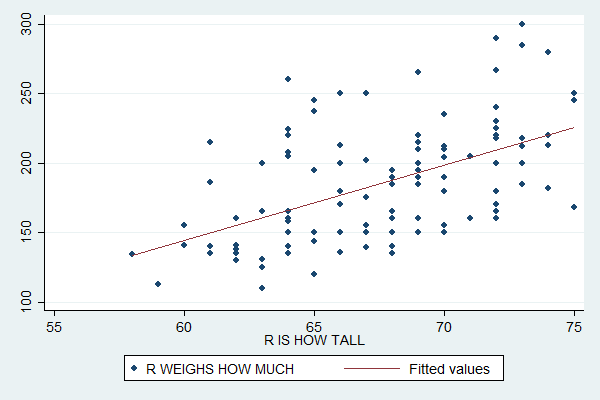
The survey was done among 12 people and all these people were aged above 30 years or more.


In the table below, you’ll see the years of education (A) a person has received and the age at which he entered the workforce (B). The number of years of education received and The age of entering the workforce will give us the years of formal education one has received. Σ b = is the population standard deviation Σ a = is the population standard deviation The formula for population correlation coefficient is: Population Correlation Coefficient Formula The sample correlation coefficient formula is: r ab = S ab / S a S b Data sets are considered to be in positive correlation if their coefficient is +1 and the data sets are considered to be in a negative correlation if their coefficient is -1. When the value of the coefficient is above +1 and less than - 1, the data is considered to be unrelated to each other. The value of Pearson’s Correlation Coefficient lies between positive 1 and a negative 1. The most commonly used formula to find the linear dependency of two sets of data is Pearson’s Correlation Coefficient Formula. Pearson’s Correlation Coefficient Formula No Correlation: In this situation, the variables are not dependent on each other Negative Correlation: This situation occurs if the value of one variable increases the value of the decreases also decreases Positive Correlation: This situation occurs if the value of one variable increases the value of the variable also increases The relationship between the two variables can be compared using three different types of correlation: positive correlation, negative correlation, or no correlation. The value r XY +1 reflects a perfect positive correlation between X and Y, whereas the value r XY 0 indicates that no correlation can be found (based on the. Now that we know that the scatter plots are used to explain the correlation between two numbers or variables, let us study about correlation and its types. The Pearson correlation coefficient rXY is a measure of the strength of the linear relationship between two variables X and Y and it takes values in the closed interval 1, +1. Initially, small samples are taken to represent it and then larger sizes of samples are used. Next, the method to determine Pearson’s r is performed. To show how these variables are related to each other, the values are illustrated by drawing them on the scatter diagram and then graph the combinations of the variables X and Y. The usual symbols given to these variables are X and Y.

If the coefficient is close to 0 then the relation between the relationship between the two numbers is less and when the relationship is far away from 0 then the relationship is strong between the two variables. The reason behind scaling correlation coefficient is to make sure that it always lies between +1 and -1. A correlation coefficient is a single number which is summarized by the relationship between 2 numbers using methods of correlation.
CORRELATION IN STATA HOW TO
In this section, you will be learning how to interpret correlation coefficients and calculate correlation coefficients for interval level scales as well as the original level scales. There are many ways in which you can relate the variables - like the ordinal level of measurement or higher level of measurement, but the most commonly used approach is a correlation. To identify or to understand whether a relationship exists between two variables or not, you plot the points on a scatter plot. Correlation refers to the process of establishing a relationship between two variables. This is repeated for the second variable $y$.

Below is the formula for the sample Pearson Correlation test.


 0 kommentar(er)
0 kommentar(er)
